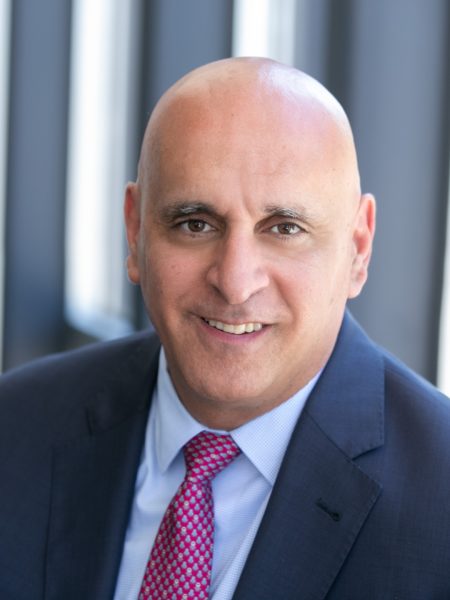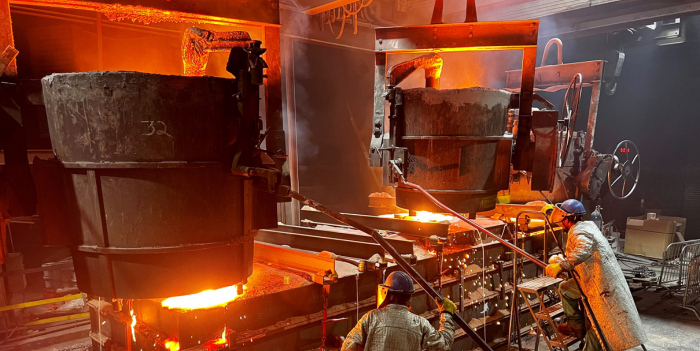
ESOPs for Middle Market Automotive Companies
A Match Made in Shareholder Liquidity Heaven
There are times when the financial markets offer a perfectly aligned option for an industry need. We are seeing this alignment in today’s market with Employee Stock Ownership Plans (ESOP) and the need for shareholder liquidity in the automotive sector. If you own an automotive business and are looking for an exit or to achieve liquidity over the next few years, an ESOP could offer tremendous opportunities which you could not achieve in a typical M&A sale. Why is this a perfect alignment?
1. Automotive companies are facing a challenging environment for raising capital to invest in operations for shareholder liquidity
a. Insufficient Automotive Financing Available – Capital providers have been reluctant to deploy capital into automotive manufacturing companies. This is due to the rapidly changing nature of the industry, the cyclicality of the market as well as the capital-intensive nature of automotive manufacturing. While there is a strong demand for capital, the financing supply into the industry has been dampened. This has been an ongoing and expanding issue over the last 20 years. Many banks and financing sources who do lend into the automotive sector do so at conservative lending levels.
b. Limited Private Equity Interest – Private equity has largely shied away from the automotive manufacturing industry over the past couple of years. COVID will accentuate this trend. With private equity investors voicing concerns over declining industry trends, uncertain growth prospects and cyclical earnings, obtaining financing or liquidity from these firms has been scarce. While some private equity investors are investing in this sector, the transactions have typically involved distressed acquisitions at rock bottom pricing.
c. Strategic Buyers Focused on Technology – In addition to the limited private equity market, strategic acquirers have focused on advancing the technology side of their business. Investments in electronics, autonomy, electric vehicles and other technology investments have taken a bigger slice of companies strategic/M&A dollars. For many core middle market automotive companies, this has reduced the level of interest from larger strategic buyers to acquire in this sector.
2. Tax advantages of ESOPs even the playing field
a. One of the great benefits of ESOPs is the subsidy provided by the U.S. Government when owners elect to sell an ESOP. The potential to create a tax-free entity after a transaction allows for a greater portion of the company’s proceeds to be used to pay down debt, acquire capital equipment, add employees or other expenses which may help the company thrive.
b. Shareholders have the option to sell their business and avoid paying capital gains tax on the sale, depending on how the ESOP is structured. This often results in a significant return to selling shareholders compared to other sale options.
c. Depending on the current tax environment and the structure of the ESOP, shareholders could achieve after tax proceeds well above the level they would achieve on a sale of the business.
3. Financing an ESOP provides an alternative to shareholders
a. While capital investment in automotive companies is still limited, there is a renewed interest from financing sources to provide capital for an ESOP transaction. Many banks have dedicated ESOP teams focused on financing these transactions.
b. Shareholders often become part of the financing structure for an ESOP. A typical ESOP deal in this sector will include a seller note. These notes can provide upwards of 10% returns annually. This provides a strong ongoing source of cash flow for the selling shareholders.
4. Employees will benefit from an ESOP
a. Long term ownership of the business will reward employees for their length of service and their dedication to enhancing value. An ESOP aligns the employee’s performance to their value in the company.
b. During a typical sale process, employees will worry about potential job losses and change of culture. With an ESOP, this issue is minimized. The company will continue in a similar fashion after the ESOP and tends to motivate employees.
c. Continuity in company culture and management will limit the disruption of a potential sale or liquidity event.
5. Certainty to close/minimizes confidentiality issues
a. Deciding to sell your business is a major decision. Starting down this road is time consuming and disruptive. You want to make sure the deal gets done. Oftentimes, automotive companies go to market with their business and are met with limited success. That ends up causing a significant disruption in the business and a commitment of time with an uncertain outcome.
b. ESOPs eliminate much of the certainty of close risk. While you are still negotiating the terms of the agreement to create a fair transaction, once the terms are set, you will have a high likelihood of closing the transaction.
c. You will not have to send confidential material to others in the industry. The primary interactions are with lenders, a trustee and attorneys. This helps protect confidentiality.
These issues are just some of the advantages of ESOP transactions in today’s market. If you own an automotive business and are seeking liquidity, an ESOP needs to be considered as part of your decision-making process.
Related Professionals
Get in Touch
Tell us a little about yourself and we will get in touch as soon as we can.

 Back to news articles
Back to news articles




